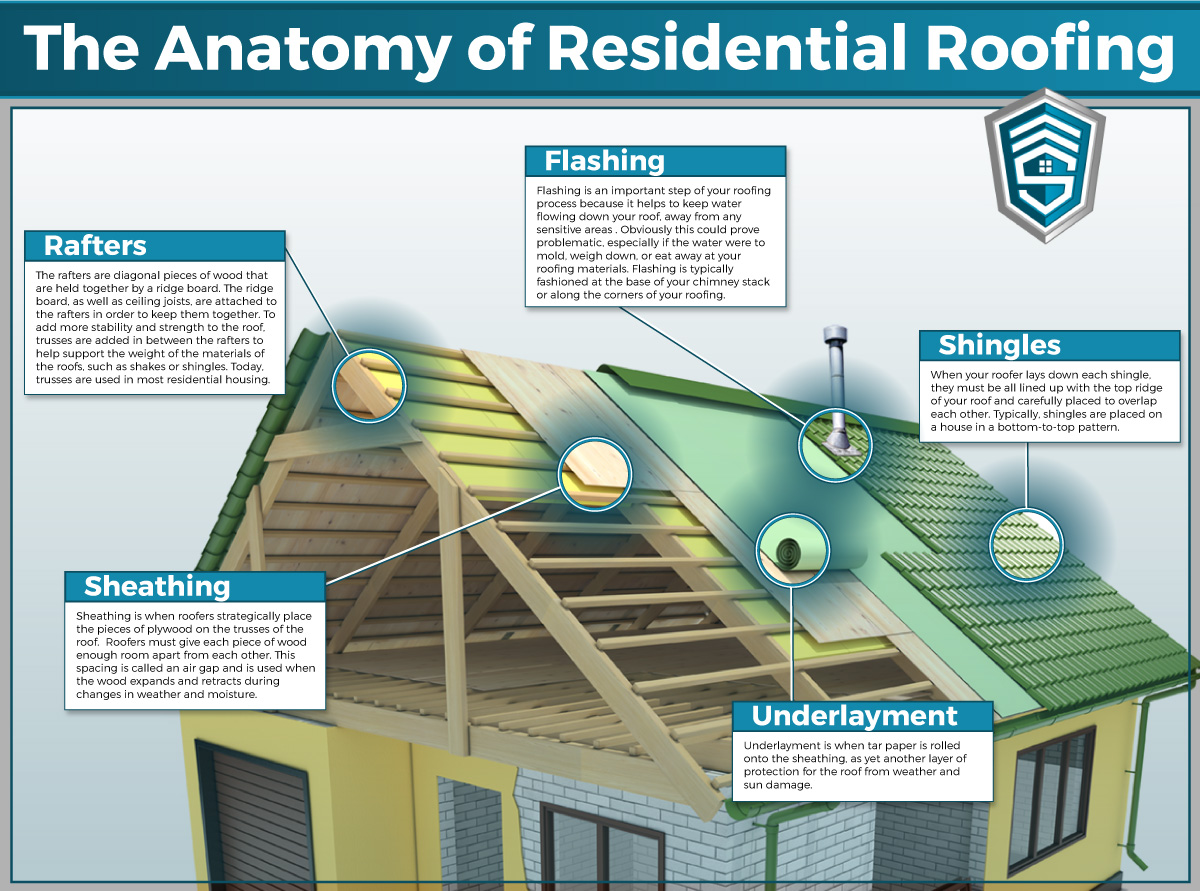Climate'S Influence On Roof Covering Installation: Suitable Seasons And Conditions For Achieving Success
Climate'S Influence On Roof Covering Installation: Suitable Seasons And Conditions For Achieving Success
Blog Article
Author-Lohmann Langley
When it pertains to roofing system setups, the weather condition can make or damage the task. Visualize the irritation of dealing with materials that won't comply as a result of severe warm or fighting unsafe surfaces brought on by unexpected rainfall. Comprehending the impact of weather conditions on your roofing project is essential for an effective outcome. So, allow's check out exactly how different weather components can influence the quality and durability of your roofing system installation, ensuring a work well done.
Effect of Temperature on Roofing Installation
When it comes to roofing system installation, temperature level plays a critical duty in the process. The ideal temperature for roof covering tasks generally drops between 45 and 85 levels Fahrenheit. Severe warmth can cause products like shingles to become as well pliable, resulting in possible damage during setup. On the other hand, cold temperature levels can make materials fragile and vulnerable to splitting. It is essential to set up roofing setups throughout modest temperature levels to make certain the best outcome.
During chillier climate, contractors may require to take additional preventative measures such as making use of warmed equipment or allowing products to warm up before setup.
In contrast, heat may need job to be done earlier or later in the day to stay clear of the peak temperature levels. By taking into consideration the temperature level and its results on roof covering materials, you can help guarantee an effective setup that will stand up to the elements for years to find.
Result of Rainfall on Roof Projects
Roofing projects can be dramatically impacted by precipitation, influencing both the timeline and the quality of the installation. Rainfall or snow can create unsafe problems, making it harmful for contractors to work on a damp surface. Furthermore, dampness can endanger the attachment of materials like shingles or underlayment, resulting in prospective leaks or damages in the future.
If it rainfalls throughout a roof covering job, the water can permeate into at risk locations, triggering hold-ups as the setup team need to wait on the roof covering to completely dry before proceeding. Extreme wetness can also promote the growth of mold and mildew, further threatening the integrity of the roof covering.
To prevent https://roll-roofing84950.bloggactif.com/33548391/in-the-vast-variety-of-roofing-selections-offered-recognize-the-essential-elements-that-will-assure-your-option-boosts-both-the-aesthetic-allure-and-long-life-of-your-home , it's advised to schedule roof projects throughout drier seasons or monitor the weather report carefully to intend around any type of prospective rainstorms. By taking https://ehsdailyadvisor.blr.com/2019/06/roofer-hit-with-1-8-million-osha-penalty/ to work in positive climate condition, you can make sure a smoother and much more effective roof setup process.
Influence of Wind Speed on Installment Success
Throughout roofing system installation, the rate of the wind plays a vital function in identifying the success of the project. High wind rates can posture significant obstacles to contractors, potentially bring about safety and security risks and quality problems. When https://josuenibwp.get-blogging.com/32926159/the-importance-of-roofing-air-flow-for-effective-setup-end-results exceed recommended limitations, it ends up being hard to handle materials, increasing the danger of mishaps and damages to the roof covering products. Solid gusts can likewise influence the precision of dimensions and the precision needed for appropriate installment.
To ensure an effective roofing installment, it's important to keep track of and take into consideration wind rates. Ideally, roofing system installation must occur on days with reduced to modest wind rates. This not just boosts the safety of the employees however also boosts the total quality of the installation.
Roofing tasks scheduled throughout tranquil climate condition are most likely to be completed efficiently and with fewer mistakes. By taking note of wind rate forecasts and planning appropriately, you can assist make sure a smooth and effective roof covering setup procedure.
Visit Homepage , when it comes to roof covering setup, remember to take into consideration the weather to make certain a successful job. Optimum temperature levels, completely dry conditions, and moderate wind speeds are crucial aspects to focus on for a smooth installation process. By arranging your task throughout the very best periods and suitable weather conditions, you can accomplish a long lasting and long-lasting roofing system that will shield your home for years to find.
